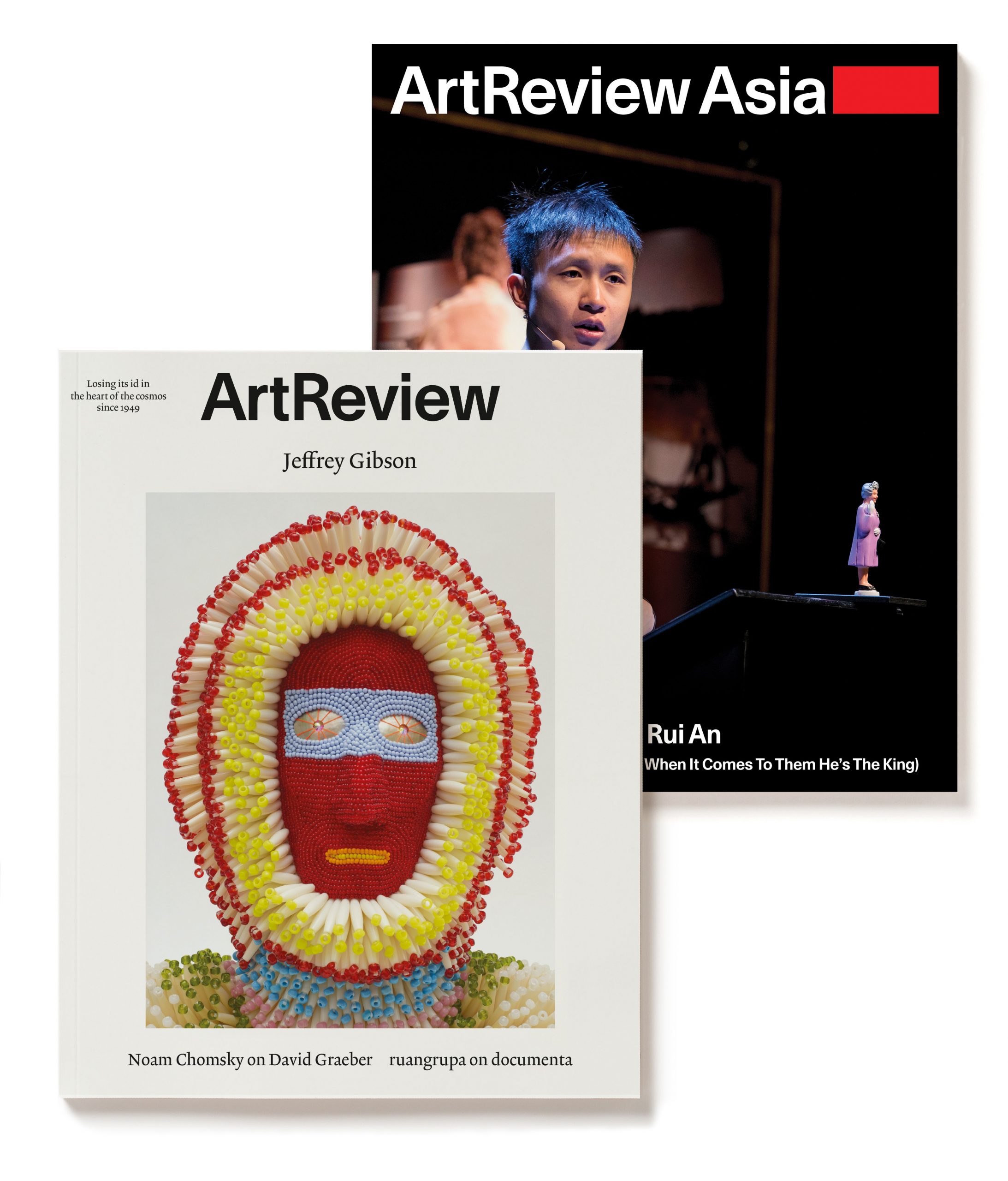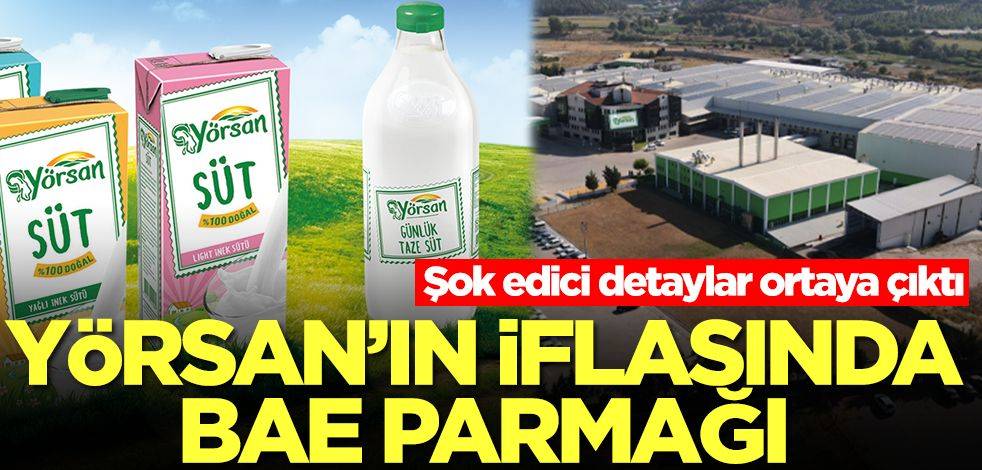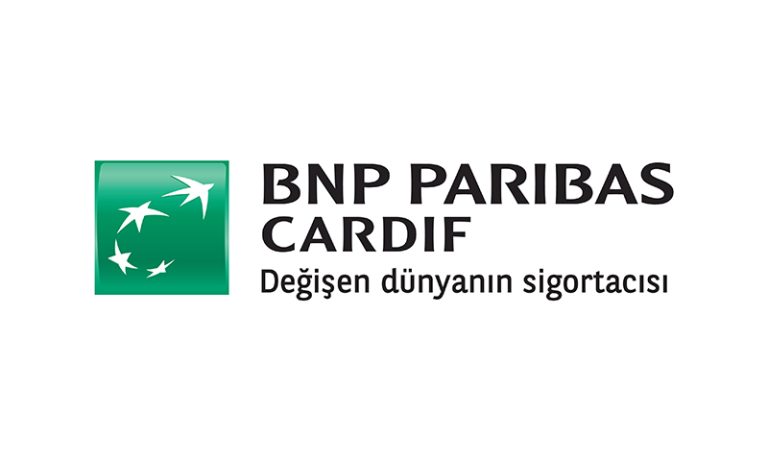Art Review: Modern Life In The Global Artworld (1850-1950)

Table of Contents
The Rise of Realism and its Social Commentary (1850-1870)
Reflecting the realities of industrialization and urbanization
The mid-19th century saw the rise of Realism, a powerful artistic movement that aimed to depict the world as it truly was, rejecting the romanticized and idealized depictions favored by previous artistic traditions. Artists like Gustave Courbet championed this approach, focusing on the everyday lives of ordinary people, often portraying the harsh realities of industrialization and urbanization. Their works served as potent social commentaries, exposing the inequalities and struggles of the working class.
- Examples of social realism:
- Gustave Courbet's The Stone Breakers (1849) starkly depicted the backbreaking labor of road workers, a powerful symbol of the plight of the working class during industrialization.
- Jean-François Millet's The Gleaners (1857) humanized the difficult lives of peasant women gleaning leftover grain in the fields, challenging idealized notions of rural life.
- Honore Daumier's satirical lithographs relentlessly criticized the social and political injustices of his time, showcasing the impact of 19th-century art on social commentary.
The expansion of artistic subjects
Realism also broadened the acceptable subjects of art. Previously, historical and religious themes dominated the art world. Realist artists, however, expanded the scope to include genre painting (depictions of everyday life) and landscape painting, reflecting the changing social landscape and the growing interest in the natural world.
- Examples of expanded artistic subjects:
- The portrayal of working-class people in their daily lives became a common theme, challenging the traditional focus on aristocratic or mythological subjects.
- Landscape painting moved beyond idealized scenes to depict industrial landscapes and the changing relationship between humans and nature.
- The rise of genre painting reflected a growing interest in the nuances of daily life, offering a window into the lives of ordinary people and social change.
Impressionism and the Capture of Fleeting Moments (1870-1900)
A reaction against academic traditions
Impressionism, emerging in the latter half of the 19th century, represented a radical departure from the academic artistic traditions of the time. It rejected the rigid rules and styles favored by the established art academies, opting instead for a focus on capturing fleeting moments and the effects of light and color.
-
Key characteristics of Impressionism:
- Emphasis on capturing the impression of a scene rather than a detailed representation.
- Use of broken color and visible brushstrokes.
- Focus on depicting light and its effects on objects and the atmosphere.
-
Prominent Impressionist artists:
- Claude Monet (e.g., Impression, soleil levant)
- Pierre-Auguste Renoir (e.g., Bal du moulin de la Galette)
- Edgar Degas (e.g., The Ballet Class)
The influence of modern city life
The dynamism and vibrancy of modern city life, particularly in Paris, profoundly influenced Impressionist artists. Their paintings often depicted Parisian streets, cafes, bustling markets, and leisure activities, capturing the energy and excitement of the modern metropolis.
- Examples of Impressionist depictions of modern city life:
- Monet's series of paintings of the Gare Saint-Lazare captured the movement and atmosphere of a busy train station.
- Renoir's Bal du moulin de la Galette portrayed the lively atmosphere of a Parisian dance hall.
- Degas’ paintings of dancers and cafes reflected the social activities of Parisian life.
The Birth of Modernism and its Diverse Expressions (1890-1950)
Exploring diverse artistic movements
The late 19th and early 20th centuries witnessed an explosion of artistic innovation, encompassing a wide range of styles and approaches collectively known as Modernism. Post-Impressionism, Fauvism, Expressionism, Cubism, Surrealism, and Abstract Expressionism, among others, challenged traditional notions of art and representation.
- Key Modern art movements:
- Post-Impressionism: (e.g., Van Gogh, Cézanne) – moved beyond Impressionism's focus on light to explore personal expression and form.
- Fauvism: (e.g., Matisse, Derain) – characterized by bold, vibrant colors and expressive brushstrokes.
- Expressionism: (e.g., Munch, Kirchner) – emphasized subjective emotions and psychological states.
- Cubism: (e.g., Picasso, Braque) – fragmented forms and perspectives to represent multiple viewpoints simultaneously.
- Surrealism: (e.g., Dalí, Miró) – explored the unconscious mind through dreamlike imagery and bizarre juxtapositions.
- Abstract Expressionism: (e.g., Pollock, Rothko) – emphasized abstract forms and spontaneous gestures.
Global perspectives and cultural exchange
Modernism wasn't confined to Europe. Artistic movements and styles emerged across the globe, reflecting diverse cultural influences and experiences. The increasing interconnectedness of the world led to a significant exchange of ideas and artistic trends.
- Examples of global art influences:
- The influence of Japanese woodblock prints on Impressionist and Post-Impressionist artists.
- The emergence of distinct artistic movements in Africa, Latin America, and Asia, which often incorporated both traditional and modern elements.
- The growing global dialogue within the art world, fostering cross-cultural collaborations and influencing art styles worldwide.
Conclusion: A Legacy of Modern Life in the Global Artworld (1850-1950)
This review has explored key artistic movements—Realism, Impressionism, and the diverse expressions of Modernism—and their profound engagement with Modern Life in the Global Artworld (1850-1950). These movements, reacting to rapid societal change, technological advancements, and burgeoning global interconnectedness, reveal a dynamic period of artistic evolution. The expansion of artistic subjects, styles, and perspectives reflected the increasing complexity of modern life and the growing awareness of cultural diversity.
Key Takeaways: The art of this period serves as a powerful testament to the transformative power of modernization, demonstrating how artists responded to and shaped the world around them. Understanding this historical context enriches our appreciation of the art that continues to influence contemporary creative expression.
Call to Action: To further explore this fascinating era of artistic innovation, we encourage you to visit museums showcasing works from this period, research individual artists and their contributions to Modern Life in the Global Artworld (1850-1950), and delve into further reading on the major art historical movements discussed above. You can find numerous resources online and in libraries to continue your journey into this rich and influential period of art history.

Featured Posts
-
 Ufc 313 Alex Pereira And Magomed Ankalaev Headline This Weekends Event
May 19, 2025
Ufc 313 Alex Pereira And Magomed Ankalaev Headline This Weekends Event
May 19, 2025 -
 Trump In Gazze Paylasimi Sok Edici Detaylar Ve Elestiriler
May 19, 2025
Trump In Gazze Paylasimi Sok Edici Detaylar Ve Elestiriler
May 19, 2025 -
 Gazze Ye Umut Tasiyan Tirlar Yardim Malzemelerinin Dagitimi
May 19, 2025
Gazze Ye Umut Tasiyan Tirlar Yardim Malzemelerinin Dagitimi
May 19, 2025 -
 East Hampton Officer Luis Morales Faces Dwi Charges Southampton Police Investigation
May 19, 2025
East Hampton Officer Luis Morales Faces Dwi Charges Southampton Police Investigation
May 19, 2025 -
 Kktc Ye 12 Milyon Avroluk Destek Tuerk Devletlerinin Karari Ve Analizleri
May 19, 2025
Kktc Ye 12 Milyon Avroluk Destek Tuerk Devletlerinin Karari Ve Analizleri
May 19, 2025
